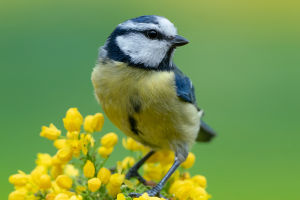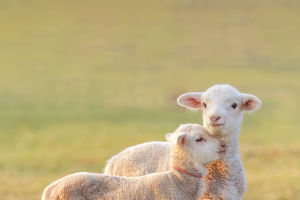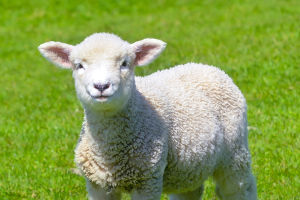The Black Kite (Milvus migrans) is a fascinating bird of prey that showcases both the adaptability and agility of raptors.
Recognizable by its sleek, dark plumage and distinctive forked tail, this kite is a prominent figure in the avian world. Known for its impressive flying skills and diverse diet, the Black Kite holds a special place in various ecosystems across the globe.
1. Widespread Distribution
The Black Kite is found in a wide range of habitats across Europe, Africa, Asia, and Australia. This global presence reflects its adaptability to different environments, from urban areas to remote woodlands. The kite’s ability to thrive in diverse conditions has made it one of the most widely distributed raptors.
2. Master of Flight
One of the most striking features of the Black Kite is its aerial prowess. With a wingspan of approximately 1.4 to 1.6 meters (4.6 to 5.2 feet), it is an agile flier. Its forked tail aids in precise maneuvering, making it adept at soaring and gliding with minimal effort. This skillful flying ability allows it to efficiently hunt and scavenge from high altitudes.
3. Omnivorous Diet
Unlike many raptors that have highly specialized diets, the Black Kite is omnivorous. Its diet varies widely and can include small mammals, insects, reptiles, and even fish. It is also known to scavenge from carrion and human waste, demonstrating its remarkable adaptability and resourcefulness in finding food.
4. Social Behavior
Black Kites are relatively social birds compared to other raptors. They often form large communal roosts, sometimes numbering in the hundreds. These gatherings are not only for social interaction but also for mutual protection and efficient foraging. Their social nature contributes to their successful adaptation to urban environments where they frequently scavenge for food.
5. Migratory Patterns
In regions where they face harsh winter conditions, Black Kites exhibit migratory behavior. They migrate from their breeding grounds in Europe and Asia to warmer climates in Africa and South Asia. This migration allows them to avoid food shortages and unfavorable weather, ensuring their survival and reproductive success.
6. Conservation Status
The Black Kite is currently classified as "Least Concern" by the International Union for Conservation of Nature (IUCN). This status reflects its stable population and adaptability to various environments. However, local populations can still face threats from habitat destruction and environmental pollution, underscoring the importance of continued conservation efforts.
Lykkers, the Black Kite is a remarkable raptor whose versatility and adaptability have enabled it to flourish across a vast range of environments. Its impressive flying skills, diverse diet, and social behavior make it a subject of great interest and admiration in the avian world.


